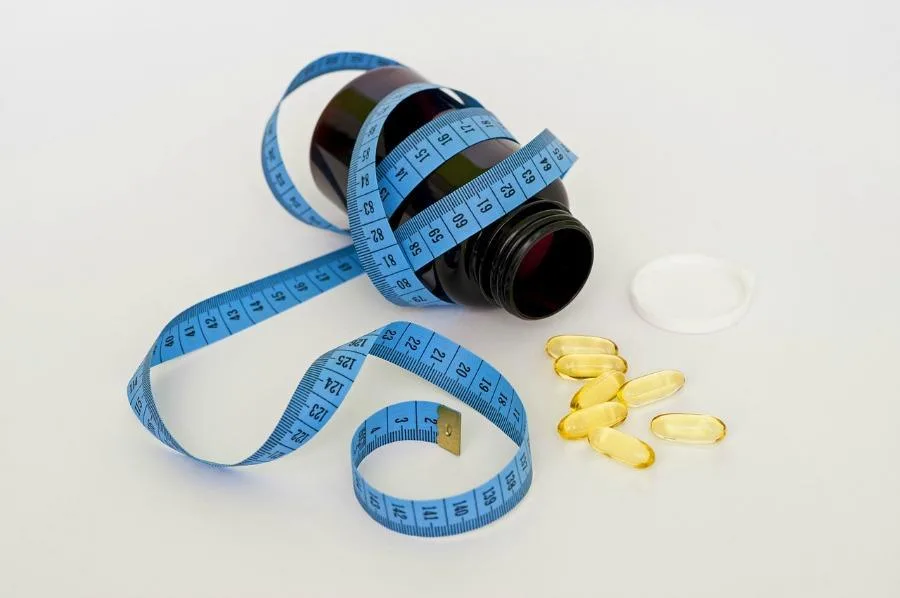This post may contain affiliate links. I only recommend products I use and love. Read the full disclosure here
Last Updated on June 26, 2018 by Alaina
The weight loss industry is huge. With new diet plans, books, and products coming out each year, it’s hard to know what’s worth your time and money. Whatever approach you take with your weight-loss goals, you want it to actually work. More importantly, the product or method should be safe. Watch out for these four weight loss red flags while planning your new diet or fitness plan.

Claims That You’ll Get Results With No Effort
It’s not possible to lose weight without changing your habits. To get rid of excess weight, you need to get rid of excess calories through diet or exercise — ideally both. Applying cream, wearing special garments, or taking pills won’t make much difference. Weight-loss tea may show results at first, but that’s because it makes you lose water weight — not fat.
Certain products may help when combined with exercise and eating well. However, the amount of help they provide is minuscule. A popular brand of hot pants, for example, claims to burn calories by increasing your body temperature. A University of Brighton study found that the pants helped participants burn an extra six to 19.5 calories per 30-minute workout session. Now compare these numbers to the number of calories found in one pound of fat: 3,500. You would need to wear them all the time to see any significant weight loss.
Ultra-Low-Calorie Diets
Also known as starvation diets or crash diets, ultra-low-calorie diets are dangerous to your health. Restricting your calorie intake by too much for too long can cause muscle loss, fatigue, nutritional deficiencies, irritability, or even heart problems. A crash diet is also counterproductive to your weight-loss goals because it slows down your metabolism.
To lose weight in a natural and healthy way, you need to know many calories you can safely cut from your diet. First, determine your daily caloric needs by calculating your total daily energy expenditure (TDEE) for free at LifeSum. Now calculate 10 to 15 percent of your TDEE. You can safely reduce your calories within this range. Any diet that restricts your calories beyond 15 percent isn’t healthy and should be avoided.
Claims That Products or Methods are ‘Backed by Science’
Be wary of products that claim to be “backed by science” or to have undergone “clinical trials” or “clinical case studies.” It’s possible that some of these studies are accurate. In many cases, however, studies — associated with terms such as “junk science” — are misleading or false. Junk science may use inaccurate data or fail to disclose important information. In the case of herbal-based diet pills, the FDA doesn’t even regulate any of the claims: Herbal supplements aren’t considered drugs in the U.S.
Another possible problem is the use of a biased doctor or researcher. For example, Skechers came under fire in 2012 for making false scientific claims about its Shape-Ups. The doctor who conducted the study had been paid by the company, and he was married to one of the marketing executives. Further investigation revealed that the study used false information.
Exercise and eating healthy are the two weight-loss methods that guaranteed to work. If you decide to try a different method, though, stay safe by consulting with your doctor and watch out for these red flags.
